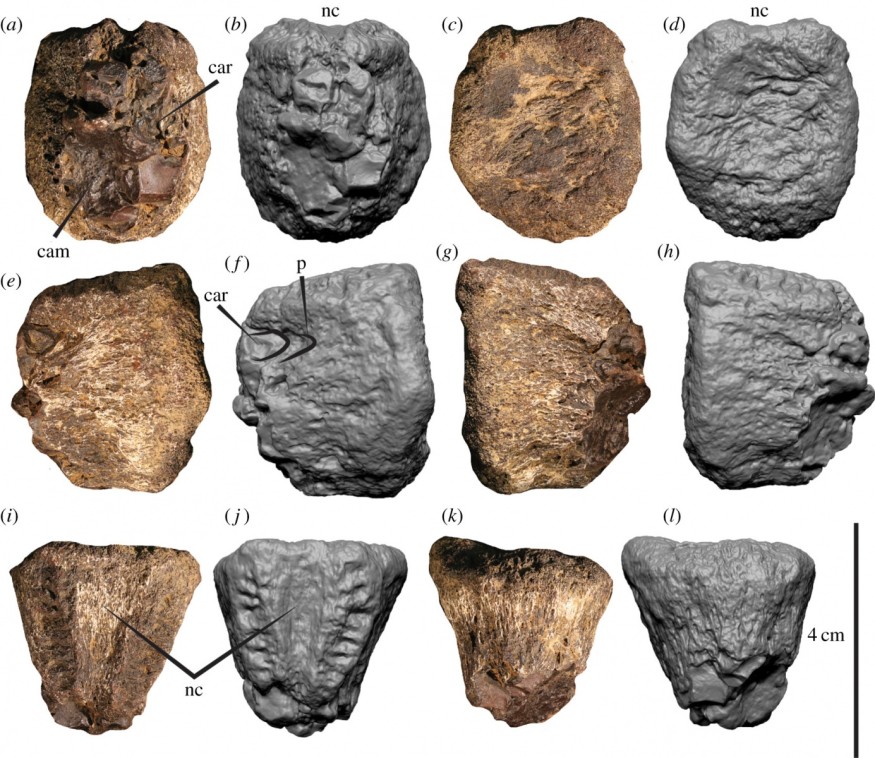
When it seems like we have had enough of dinosaurs, nature will always remind us that we have not yet fully mapped the phylogeny of all living beings in this world. Just this week, a team of researchers from the University of New England, the Australian Age of Dinosaurs Natural History Museum, and the Swinburne University of Technology was able to identify fossils that were unearthed in Winton. The discovery is said to be the largest theropod dinosaur found in Australia.
The researchers detailed their findings in the scientific journal Royal Society Open Science including the discovery and the general description of the bones that were found. Three years ago, a farmer from the town of Winton (situated in the central-western part of Queensland) found fragments of bones in his property. He might have found the fragments to be unusual which led him to assume that it must be dinosaur bones and contacted the Australian Age of Dinosaurs Natural History Museum. The museum quickly assembled a team to investigate and establish a dig in the area and, indeed, the farmer was right in his assumption. It was a dinosaur and researchers not only found the fragments but unearthed 15 more limbs and vertebrate fossils.
According to their primary investigations, the fossils belong to a theropod dinosaur which closely resembles another theropod dinosaur discovered back in 2006, the Australoventor wintonensis. However, the newly-discovered fossils are larger than those of A. wintonensis making it a bit difficult for the scientists to determine whether the newly-discovered fossil is another A. wintonensis or not.
Paleontologists described the creature as approximately two meters tall and five to seven meters long. They are also welcoming the possibility that what they have discovered might be the fossils of a new theropod species.
These newly-discovered fossils include two partial vertebrae, an unspecified number of hands and feet, and unknown fragments. In their reports, scientists described the hand bones to have curved claws with sheath full of horns and large -- characteristics similar to modern birds. Its size and shape suggest that the reptile used their hands for grappling their prey strongly. It is most likely that this theropod dinosaur feeds on quadruped herbivores and possibly a scavenger, too.
DINOSAURS IN AUSTRALIA
Australia has a rich natural history: it was formerly part of the Gondwanaland, a supercontinent that is situated south of Pangaea and contains what is now the continents of Australia, South America, Africa, and Antarctica. This history is proven by the fact that fossils found in these continents contain identical rocks.
The presence of dinosaurs, especially in the eastern part of Australia in Queensland, New South Wales, and Victoria, is probably because of the supercontinent's shared space and when Gondwana broke off Pangaea 200 million years ago, it led to the emergence of the dinosaur species in the continent. Discoveries of dinosaurs from Queensland are opening up a new frontier for dinosaur research. The climate in prehistoric Australia is temperate and humid and maybe even experiencing snowfall in the parts of what is now Victoria. Meanwhile, Central Australia was submerged under an epicontinental sea, leaving areas in higher altitudes as large but isolated throughout the Cretaceous period.
© 2026 ScienceTimes.com All rights reserved. Do not reproduce without permission. The window to the world of Science Times.












